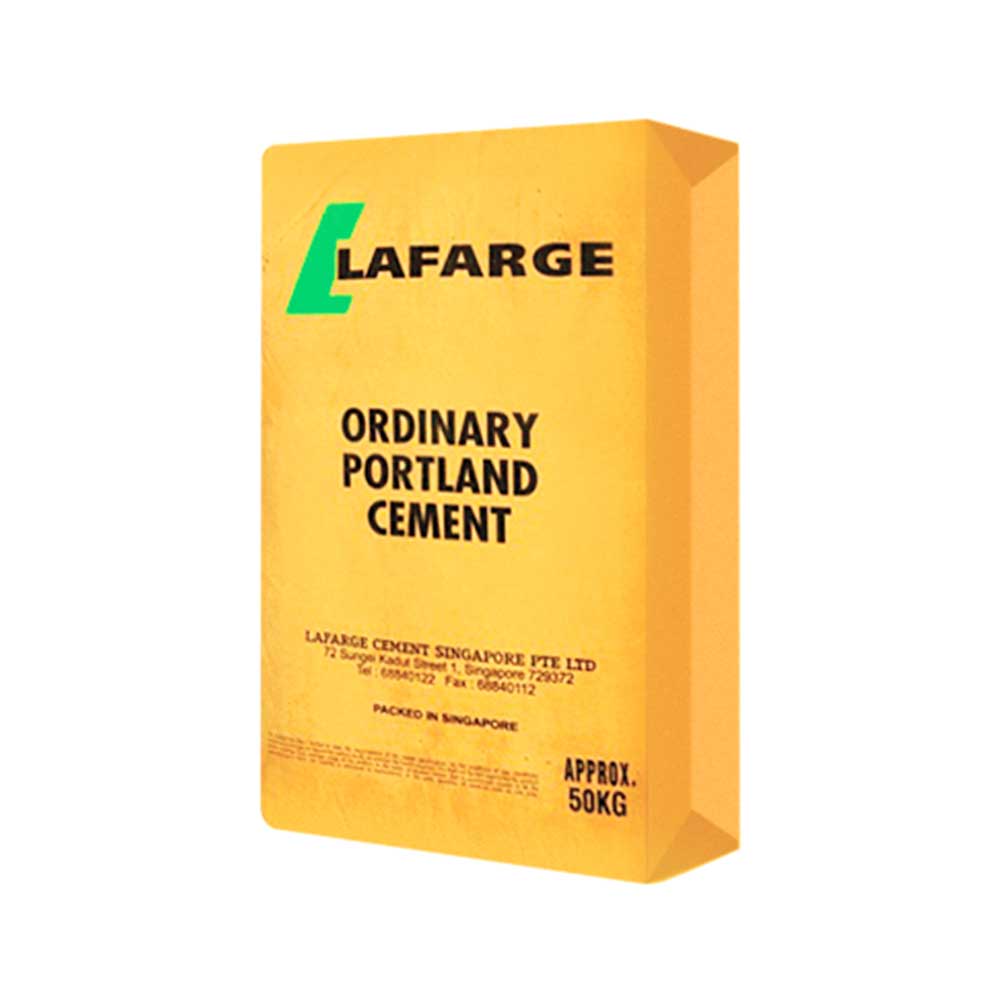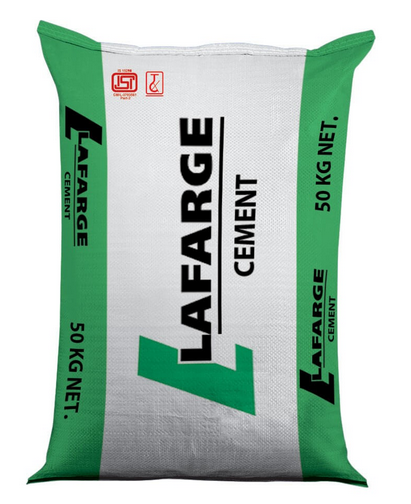Description
Lafarge Cement: A Pillar of the Global Construction Industry
Introduction
Lafarge Cement, a subsidiary of the global materials company LafargeHolcim, has established itself as a leader in the construction materials sector. With a legacy spanning over a century, Lafarge has been pivotal in shaping the landscape of modern infrastructure, providing essential materials for a wide range of construction projects. This article explores the company’s history, product offerings, sustainability initiatives, and its role in the future of construction.
A Rich History
Founded in 1833 in France, Lafarge began as a small limestone quarry. Over the decades, it evolved into a major player in the cement industry, expanding its operations across various continents. The company’s strategic growth was marked by a series of mergers and acquisitions, notably the merger with Holcim in 2015, which created one of the largest building materials companies in the world: LafargeHolcim.
Today, Lafarge operates in over 70 countries, with a diverse portfolio that includes cement, aggregates, concrete, and other construction materials. This extensive global presence allows Lafarge to serve various markets, from residential projects to large-scale infrastructure developments.
Innovative Product Offerings
Lafarge Cement is renowned for its high-quality products that cater to diverse construction needs. Its product range includes:
- Ordinary Portland Cement (OPC): The most commonly used type of cement, ideal for a variety of construction applications.
- Blended Cements: These cements combine different materials, such as fly ash or slag, to enhance performance characteristics and reduce environmental impact.
- Specialty Cements: Designed for specific applications, these cements include options for rapid setting, water resistance, and high-strength requirements.
Lafarge is also at the forefront of research and development, continually innovating to improve the performance of its products. The company invests in advanced technologies and materials science, which allow for the development of cements that meet the evolving demands of the construction industry.
Sustainability Commitment
In an era where environmental concerns are paramount, Lafarge Cement has made significant strides towards sustainability. The company recognizes the construction sector’s impact on the environment and is committed to reducing its carbon footprint. Key sustainability initiatives include:
- Carbon Reduction Goals: LafargeHolcim has set ambitious targets to achieve net-zero emissions by 2050. The company is actively working to reduce carbon emissions across its operations, with initiatives like the use of alternative fuels and raw materials.
- Circular Economy Practices: Lafarge promotes the recycling of construction and demolition waste, transforming it into valuable materials for new construction projects. This approach not only reduces waste but also conserves natural resources.
- Sustainable Product Innovations: The company has developed low-carbon cements and concrete products that significantly lower greenhouse gas emissions. By prioritizing sustainable practices, Lafarge aims to lead the transition to greener construction solutions.
Global Impact and Community Engagement
Lafarge Cement’s influence extends beyond the construction industry. The company is dedicated to engaging with local communities and fostering sustainable development. Through various programs, Lafarge invests in education, infrastructure, and community welfare initiatives.
Moreover, the company collaborates with governments, NGOs, and industry stakeholders to promote sustainable practices and enhance community resilience. By actively involving local populations in its projects, Lafarge helps create jobs and supports economic growth.
The Future of Lafarge Cement
As the construction industry continues to evolve, Lafarge Cement is poised to play a crucial role in addressing emerging challenges. The increasing demand for sustainable building materials, coupled with the push for innovation, presents both opportunities and challenges for the company.
Lafarge’s commitment to research and development, coupled with its strong emphasis on sustainability, positions it favorably to adapt to the changing landscape of the construction sector. As urbanization accelerates and infrastructure needs grow, Lafarge Cement is set to continue its legacy as a key contributor to building a sustainable future.
Conclusion
Lafarge Cement stands as a testament to the power of innovation, sustainability, and community engagement in the construction industry. With a rich history, a diverse product portfolio, and a commitment to reducing its environmental impact, Lafarge is not just building structures; it is shaping the future of sustainable construction. As the company navigates the complexities of a rapidly changing world, it remains dedicated to its core mission: to provide high-quality, sustainable materials that contribute to the development of resilient communities globally.
















